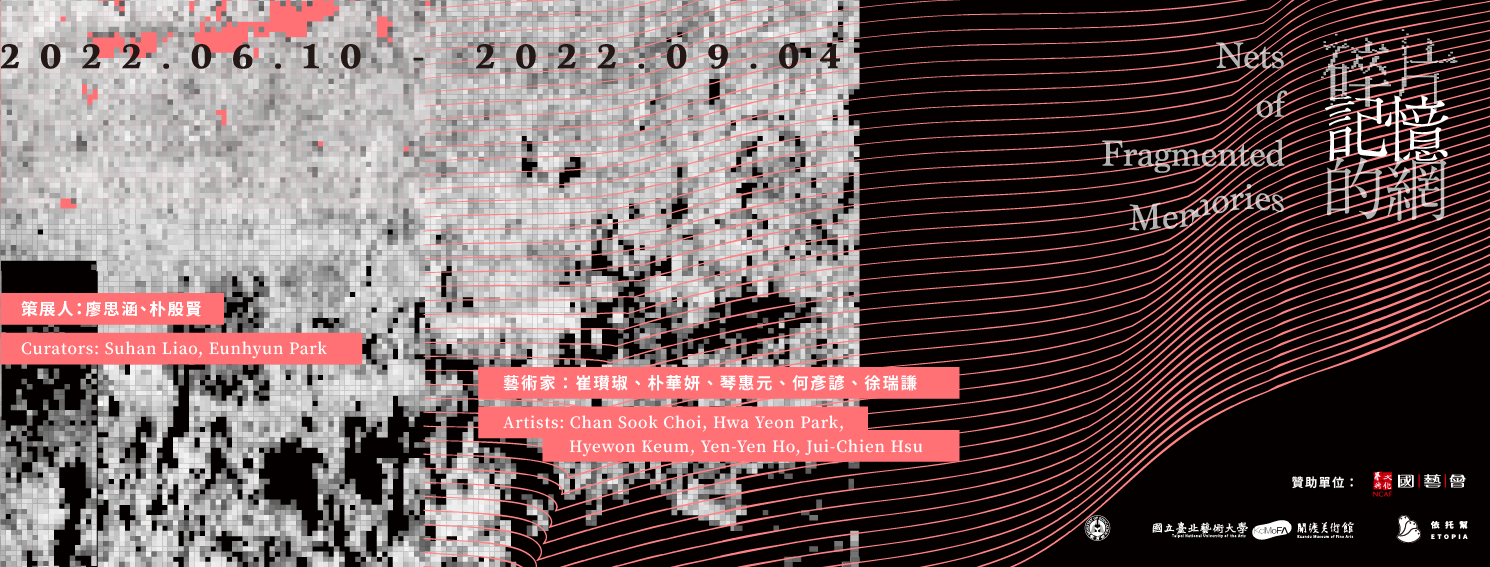Jui-Chien Hsu |
Bathroom-Blocks-Humidity-1, 2021, soap, towel, glass, iron, plaster.
Relative Humidity, 2021, soap, towel, iron
Bathroom-Three-Quarter, 2019, soap, towel, glass, iron, tile, stainless steel
Counterpoint-Adsorption, 2022, iron, plaster, magnetic square ruler
Twisted Parts, 2022, iron, plaster, fixture
Based in Taipei, Jui-Chien Hsu’s art practice is characterized by the composition of lines and blocks with indisputable logic, though what he explores is the generation of sentiment between bodily action and material components. Hsu undermines the foundations of ordinary objects and returns them to an unstable status in order to acquire other possibilities of perceiving them in a distant or unfamiliar manner.
Jui-Chien Hsu began the Bathroom series in 2017. Being one of his few works that refers to a particular space, Bathroom traces people’s trajectories in a private context. Hsu started by capturing the materials, characteristics, and smells of the spaces while envisioning the interactive relationship between the perceptions and the acting subjects. He then switched the arrangement and allocation of the components to build a configuration with multiple interpretations that can trigger different memories. In this exhibition, Hsu’s Bathroom series realigns the bathroom as a scene of daily living, allowing individuals to trace and regenerate memories with a much more extensive perceptual scope.
